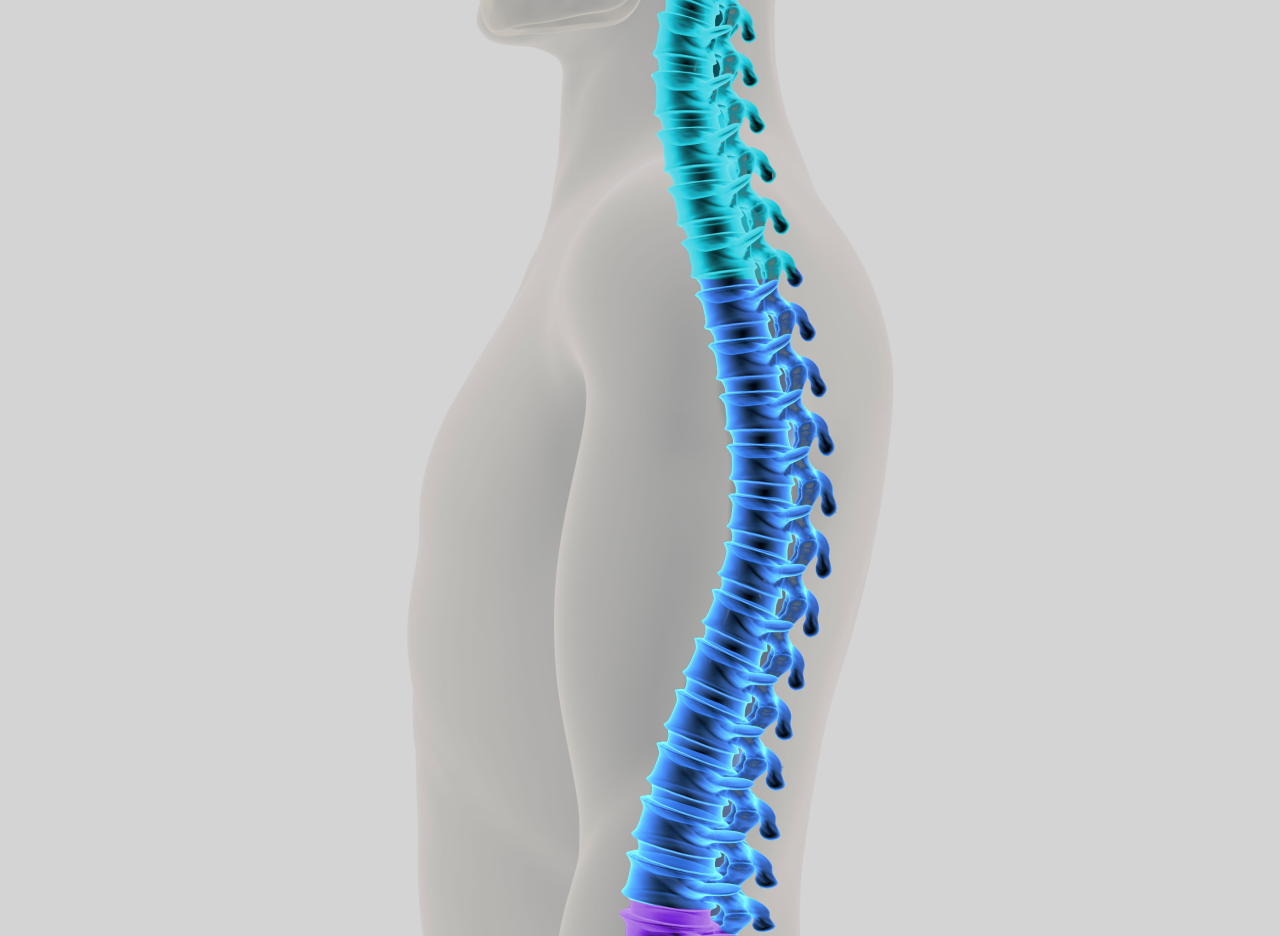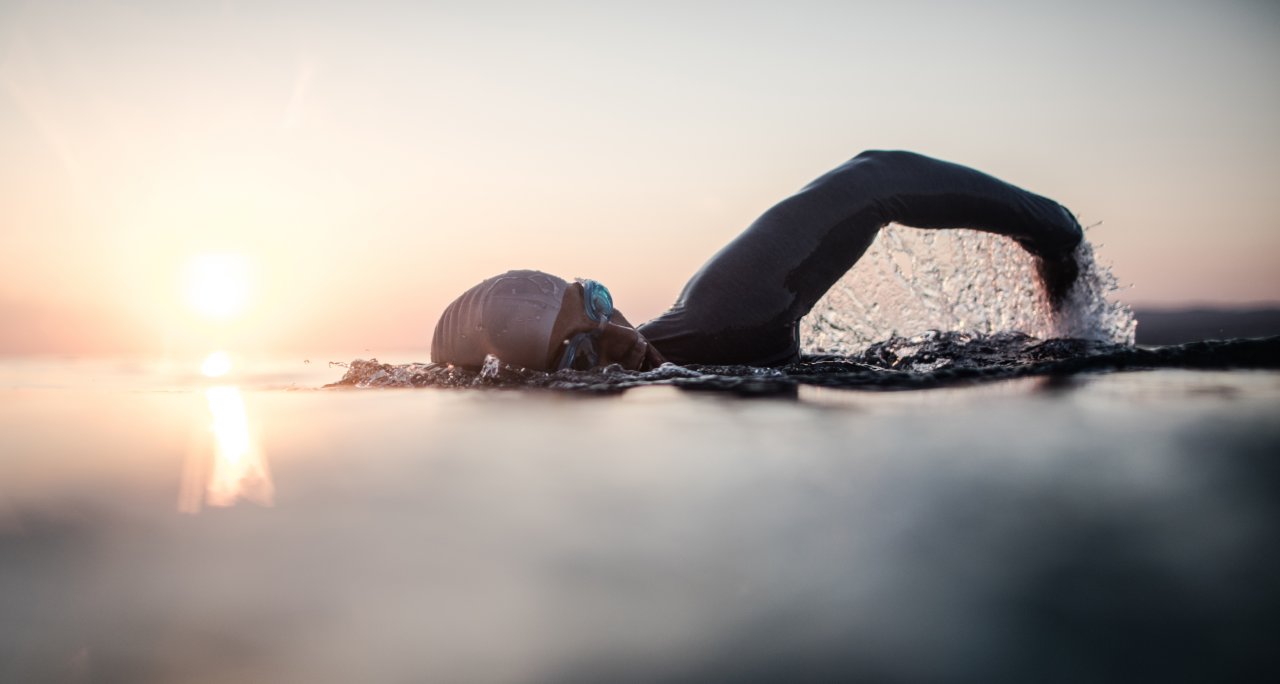There are several methods to correct spinal deformities like scoliosis and kyphosis:
Posterior – approaching from the back of the spine as patients lie on their stomachs. Surgeons will frequently perform this for idiopathic adolescent scoliosis.
Anterior – approaching from the front of the spine - through the side of your chest or abdomen.
Posterior and Anterior – approaching using a combination of posterior and anterior techniques. It is typically recommended for individuals with very severe and stiff spinal curves or those who have not had success with previous fusion procedures.

